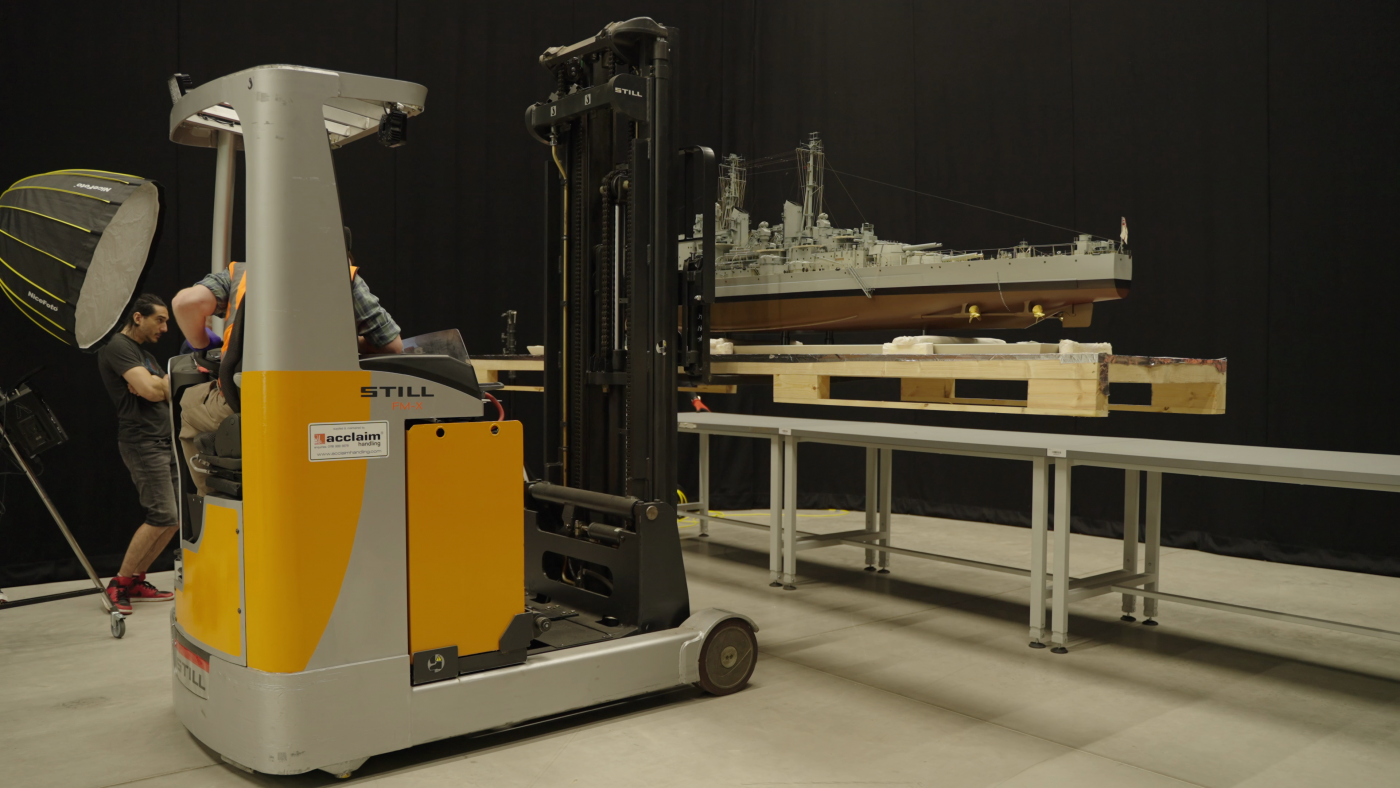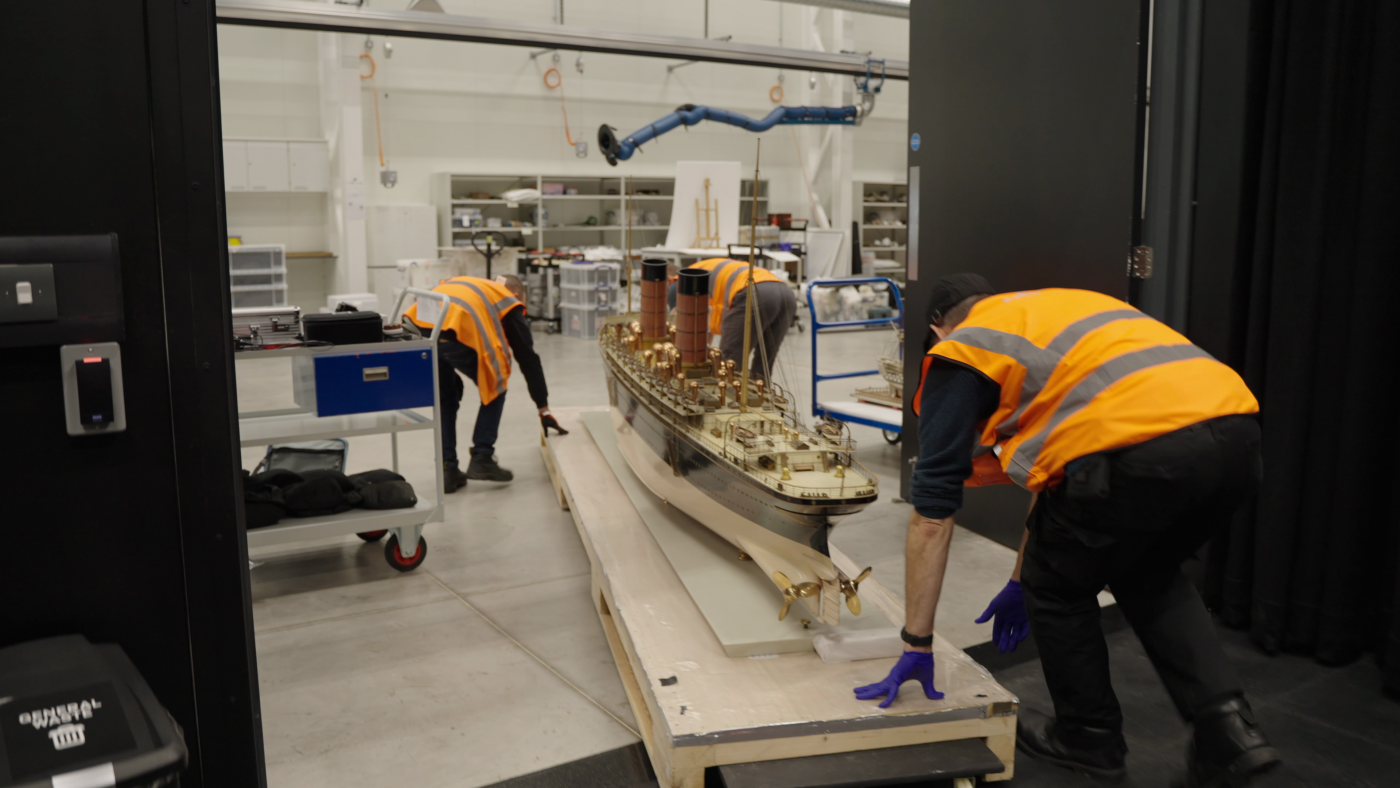Maritime Innovation in Miniature
Behind the Scenes at The Science Museum, National Collections Centre, Swindon
The collection of the London Science Museum is one of the world’s great historical treasures. It contains some of the most significant historical objects relating to science, technology, engineering, medicine, transport and media and ranges from the Indus Valley civilisation over 3000 years ago to some of the most recent scientific breakthroughs. It is the home of humanity’s historical ingenuity, a truly inspiring body of historical material.
A significant part of their collection is held at the National Collections Centre in Wroughton, just outside Swindon. This itself is an important historical site being a former Second World War airfield and its centre is a state-of-the-art conservation and collections centre, fully equipped with laboratories, photography studios and hundreds of ship models! The Science Museum’s maritime collection is one of its great strengths. Thousands of objects from around the world trace the evolution of ship construction and technology and a foremost part of this collection are ship models. The models range from traditional boats from across the globe, including kayaks, rafts, coracles and catamarans to the most powerful warships ever built.
As ever, selecting which models to film was a mighty challenge but we eventually settled on four: a truly enormous model of HMS Vanguard, the largest, fastest and the final battleship built by the Royal Navy; HMS Prince, an important and innovative First Rate warship from the seventeenth century and one of the most elaborate ship models in the world; the Cunard liner Campania which holds a hugely important position in the timeline of passenger liners, being the first liner to be built without rigging and bowsprit and the first to exchange a radio message with another ship via her new Marconi radio kit; and Océan, a prisoner-of-war model of a first-rate French warship from the 1790s, one of the largest sailing warships ever built, and remarkably made out of bone and hair by one of the 100,000+ Frenchmen kept in captivity by the British during their long wars with France in the late eighteenth and early nineteenth centuries.

It was a privilege to film in such a facility over two days and many thanks go to the team at the Science Museum who made us feel so at home. The filming team are still discussing the favourite item they saw in the stores during the filming of our ‘Behind The Scenes’ documentary. Is it the nosecone of Concord? A magnificent Glasgow street tram? An iron lung? A dalek? The artefact with the best name, at least – well that’s the ZETA Quadrant (a particle accelerator if you were wondering). Mixed among the thousands of fascinating artefacts are countless ship models, all illustrative of changing maritime technology. Of particular interest is the Maze collection of Chinese junks, a collection commissioned by Sir Frederick Maze, collector of Chinese customs at Hong Kong in the 1930s. During his time in China at a period of rapid modernisation, Maze could see so much of China's traditional maritime past disappearing in front of his eyes. In a bid to preserve it he commissioned a series of models, built by Chinese shipwrights in Hong Kong and Guangzhou, to demonstrate the variety of Chinese junk designs. They are accurate from the details of the hull construction and rigging to the crew’s religious shrines on board.

The final films are magnificent and I hope you enjoy watching them; each brings a unique historical period to life and leaves you slack-jawed with awe at the achievements of historical shipwrights, ship designers and, of course – modelmakers.

